Treatment Center Marketing: The Proven Guide That Generated $2M in Revenue [2025]
Treatment center marketing brings unique challenges in a market with over 13,000 addiction treatment facilities throughout the U.S. Our team has guided clients through this competitive market and generated $2M in revenue by using strategies tailored for rehabilitation centers.
Success in treatment center marketing depends on balancing compassion with results. Research shows that 97% of Americans read online reviews before making purchase decisions. This statistic emphasizes why building trust and managing reputation matter so much in rehab marketing. Authentic messaging proves especially powerful for addiction centers, while clear and ethical communication helps overcome stigma in rehab center marketing strategies.
We’ll share proven treatment marketing methods that brought measurable results to our clients. You’ll find practical techniques to attract qualified leads while staying HIPAA compliant. These range from creating compelling value propositions to implementing sophisticated digital strategies. Let’s explore how your treatment center’s marketing can become a robust source of revenue.
Building a Strong Foundation for Treatment Marketing
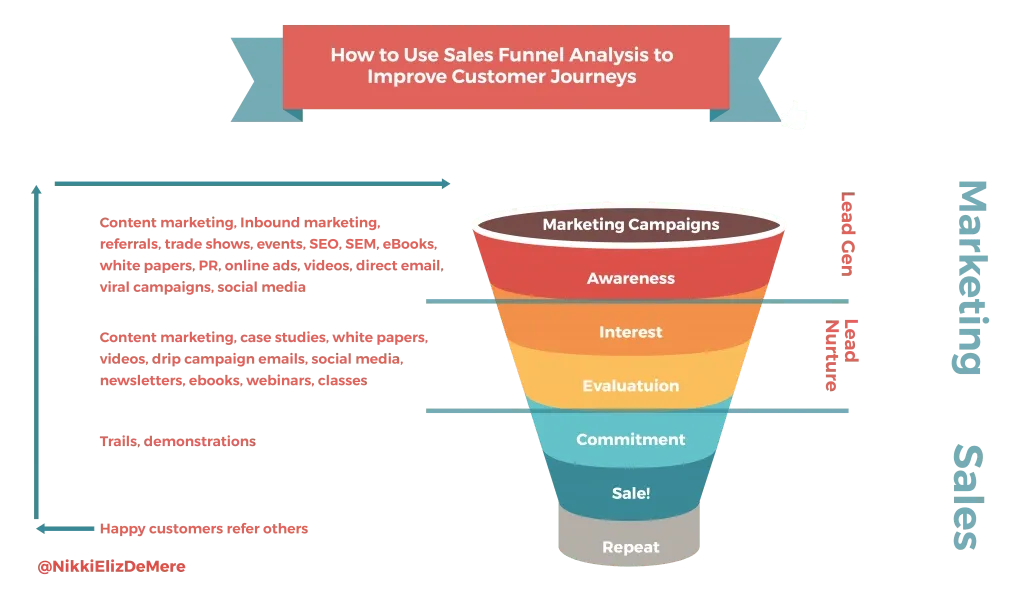
Image Source: Cardinal Digital Marketing
A treatment center’s marketing success starts with a solid foundation before we take a closer look at specific tactics and platforms. More than 13,000 treatment facilities compete across the U.S.. Standing out requires more than advertising—you need a strategic approach that emphasizes value, audience understanding, and regulatory compliance.
Define your unique value proposition
Every successful rehab marketing campaign builds on a clear understanding of what sets your facility apart. A unique value proposition (UVP) states the benefits you offer, who receives them, and why your organization stands out in delivering them. This positioning statement serves as the life-blood of all your treatment marketing initiatives.
Your UVP should include these vital elements:
-
Clarity: Simple language everyone understands
-
Relevance: Show you get potential clients’ challenges
-
Differentiation: Showcase your unique treatment methods or specialized programs
-
Credibility: Back up claims with success rates or testimonials
Treatment centers often find it hard to state their distinctive advantages. Ask yourself: “What sets my treatment center apart? What can I offer people seeking treatment?”. Your answers might focus on specialized therapies for co-occurring disorders, your expert staff, or your patient-first approach.
Your UVP should shine on your website homepage and flow naturally through all your content marketing. Note that you’ll need both a quick “elevator pitch” version and a detailed document that showcases your services, their benefits, and what makes you special.
Understand your target audience
Successful addiction center marketing depends on knowing exactly who you want to reach. Look beyond simple demographics to grasp the attitudes, beliefs, and motivations that drive your potential clients.
Demographics show broad traits like age, gender, income, and location—factors that shape how people experience addiction and respond to treatment options. A closer look at psychographics reveals attitudes about recovery, beliefs about treatment effectiveness, and reasons for seeking help.
Your audience includes more than potential clients—family members, referral sources, and payer organizations matter too. Each group has specific needs and concerns. Policymakers care about community health improvements, while state administrators focus on meeting regulatory requirements.
Your communication style makes a huge difference. Marketing campaigns often fail because they use stigmatizing language or clinical jargon that pushes people away. Use person-first language like “individual with a substance use disorder” instead of “addict,” and emphasize recovery and hope rather than shame.
Ensure HIPAA-compliant messaging
HIPAA compliance forms the foundation of treatment marketing—it builds trust and keeps you legal. The rule is simple: you must get explicit authorization to use or disclose Protected Health Information (PHI) for marketing.
HHS guidance allows limited exceptions where authorization isn’t needed, such as refill reminders or messages about alternative treatments. In spite of that, you should get proper consent before using any patient information in marketing materials.
Digital marketing needs extra protection. Never include PHI in email subject lines since email metadata lacks encryption. Social media posts should stay PHI-free as they can’t be fully deleted. Your website’s contact forms that collect PHI must have HIPAA-compliant forms and transmission channels.
These restrictions shouldn’t stop you from creating compelling content. Educational information that skips PHI works great. Blog posts about recovery, informative addiction videos, and general wellness advice help you connect with your audience while staying compliant.
Patient testimonials remain powerful marketing tools for treatment centers. Always get written permission that spells out exactly how you’ll use their information. You might also consider anonymous success stories that protect privacy while showing your impact.
Optimizing Your Digital Presence
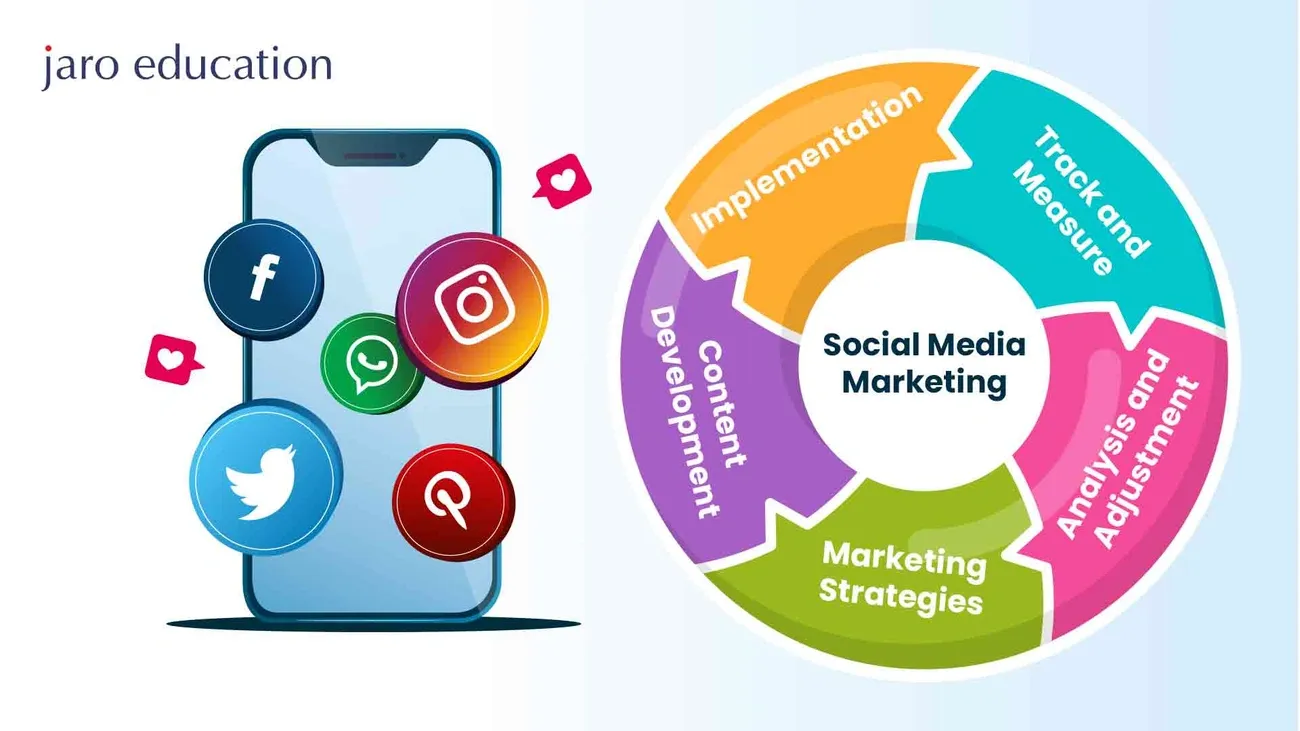
Image Source: Jaro Education
Your online presence serves as the foundation of treatment center marketing in today’s digital age. Research shows 86% of people searching for treatment want to know if their health insurance carrier covers the service. These digital touchpoints offer vital opportunities to convert visitors into clients. Here’s how three core elements of a reliable digital presence can help you attract qualified leads.
Create a user-friendly website
Your website acts as your digital front door and shapes how potential clients view your organization. Research shows people looking for treatment prefer to research quietly and gather information before talking to anyone. A well-optimized, easy-to-navigate website should be the cornerstone of your drug treatment marketing strategy.
Your website needs these essential elements:
-
Mobile optimization – Mobile devices generated 61% of website traffic in the U.S. during 2020, up from 57% in the previous year
-
Detailed information – List your locations, treatment programs, costs, and insurance details
-
Multiple conversion methods – Add forms, chatbots, and visible phone numbers
-
Better user experience – Include interactive elements like messaging autoresponders and downloadable resources
Note that you should protect all patient-submitted information with approved plugins and proper disclaimers to follow privacy regulations. Your website must load quickly because slow page speeds reduce visitor engagement and harm search rankings.
Claim and optimize your Google Business Profile
Your Google Business Profile (formerly Google My Business) helps improve local visibility. About 97% of people look up local businesses online, and reviews influence 93% of consumers’ buying decisions. A well-optimized profile helps treatment centers reach people who actively search for nearby options.
Start by verifying your business location and NAP (name, address, phone number) details. Add your business hours, holiday closures, and pick relevant business categories. Google lets you choose up to 10 categories, but stick to ones that truly match your services.
Regular profile updates with posts, events, and service information make a difference. High-quality photos of your facility, staff, and environment can attract more clients. Quick responses to all reviews, both positive and negative, show Google’s algorithm that you’re actively engaged.
Implement SEO for treatment centers
SEO helps your addiction treatment website rank higher for searches that bring in leads. Target specific keywords throughout your site. Long-tail phrases like “addiction treatment center in Los Angeles” work better than generic terms like “rehab center”.
Your content should answer common questions about insurance coverage, treatment approaches, and recovery expectations. This approach pleases both Google, which likes fresh content, and potential patients who need relevant information.
Building your site’s authority requires backlinks from trusted websites. SEO experts say this off-page factor heavily influences Google’s ranking decisions. Create individual location pages with unique content for each facility to optimize local searches. Include staff bios and location-specific images.
These digital presence strategies will help your treatment center stand out while providing valuable resources to people seeking help.
Content and Engagement Strategies That Convert
Strong content forms the foundation of successful treatment center marketing and bridges the gap between awareness and action. Your content becomes a powerful trust-building tool for people seeking addiction help when you develop and share it strategically.
Develop a content marketing plan
Content marketing establishes your authority through reliable information that strikes a chord with potential clients. A well-laid-out content plan should feature written materials (blog posts, service pages, educational resources) alongside visual content (infographics, videos, engaging images).
Your content should address these key client concerns:
-
Treatment approaches and options
-
Recovery processes and expectations
-
Managing addiction and mental health
-
Family support resources
-
Success stories and testimonials
Each piece must provide real value instead of just promoting services. You’ll naturally connect with people seeking help by offering educational, informative, and inspiring content.
Use video and testimonials effectively
Video testimonials stand out as one of the most powerful tools in treatment marketing and show your program’s real results. Choose clients from different backgrounds who’ve had positive experiences to reach a wider audience.
Create a comfortable atmosphere during filming with clear audio and professional lighting. A good testimonial follows the client’s trip: their early challenges, discovering your center, how your program helped, and their success today.
Educational videos explaining addiction concepts or facility tours help potential clients picture themselves in your program. These visual elements work alongside written content while boosting SEO, since many people search on YouTube.
Build community through social media
Social media platforms create unique opportunities to connect with your audience. These channels let you interact directly with people seeking help. Many individuals now see social media communities as essential parts of their recovery care plan.
Create content that solves problems and sparks conversations. A comment about successful treatment completion naturally increases visibility as others respond and share.
Ethical practices matter more than profit. Create diverse content across several recovery-focused pages to provide comprehensive support.
Start an email marketing campaign
Email marketing offers tailored communication straight to interested prospects. Treatment centers should build quality subscriber lists through website forms and in-person sign-ups, unlike retail mass email tactics.
Your email list works best when divided by recovery stage or treatment interests. Messages become more relevant and engaging, leading to better results.
Email shines at keeping relationships strong with program graduates. Sharing newsletters, resources, and recovery tips shows you care about their recovery long after they leave your facility.
Paid Advertising and Lead Generation Tactics
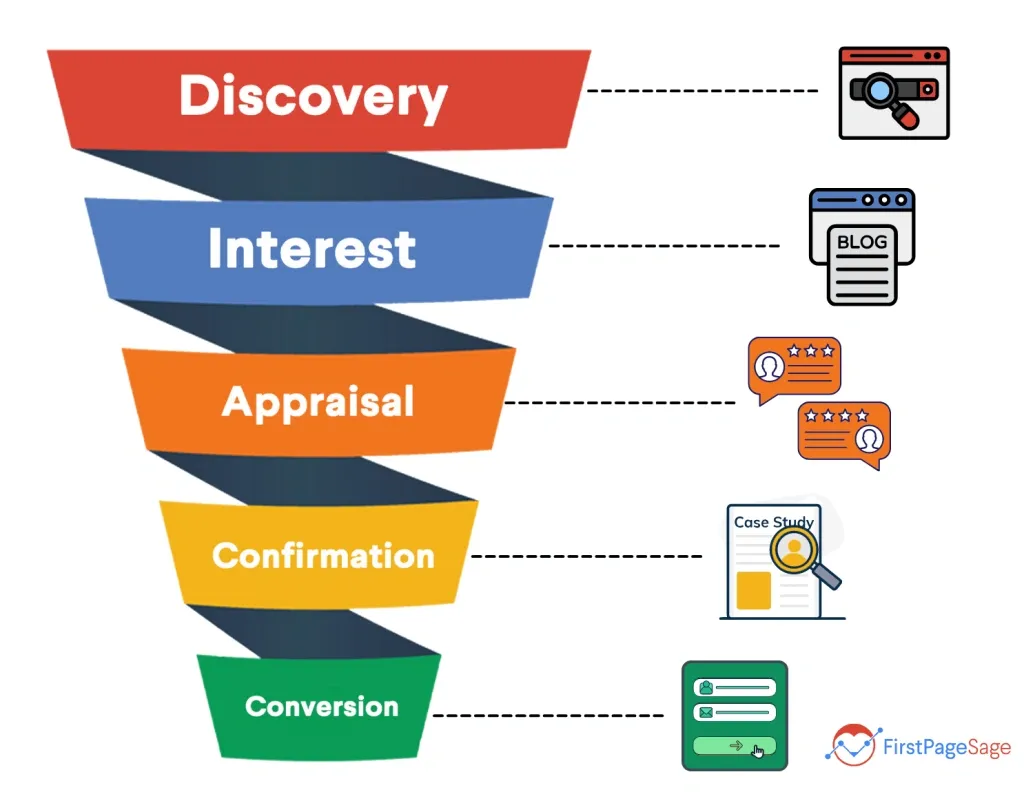
Image Source: First Page Sage
Paid advertising gives treatment centers quick visibility to find qualified prospects. Strategic paid campaigns can bring in new clients within days of launch, unlike organic strategies that need months to show results.
Run PPC campaigns with LegitScript certification
Treatment centers must have LegitScript certification to run PPC advertising. Google, Facebook, and Microsoft recognize this as the only valid certification program for addiction treatment advertisers. The verification process will give a way to protect consumers from scams by allowing only legitimate treatment providers to advertise.
The certification process involves:
-
Application review fee ($495-$995 depending on category)
-
Verification across 11 different compliance areas
Your rehab PPC ads can start directing targeted traffic to your site through keyword-specific campaigns once you’re certified. The certification builds trust with your audience and proves your center’s legitimacy.
Use remarketing to re-engage visitors
Remarketing helps you reach users who visited your site but didn’t take action. This approach works great since people typically need seven brand interactions before making a decision. Your website tracks visitor interactions through cookies and tracking pixels, which lets you show personalized follow-up ads.
Treatment centers can use these remarketing platforms:
-
Social media (Facebook, LinkedIn)
-
Email campaigns for visitors with three or more previous interactions
-
Display networks showing ads on websites of all types
Try geofencing around competitor locations
Geofencing creates virtual boundaries around specific places—like competitor facilities—to target people in those areas. Research shows location-based tactics boost overall ROI by 20-40% for advertisers.
Your center can show ads to prospects who visit competing facilities and present your services as an alternative. You can also set up geofences around your location to stay connected with people after their visits.
Create lead magnets and intake form funnels
Lead magnets are a great way to get contact information by offering valuable resources. Treatment centers can use informative eBooks, self-assessment quizzes, free consultations, webinars with recovery stories, and practical insurance guides.
These resources should showcase immediate benefits while highlighting your center’s strengths. A well-laid-out lead magnet funnel helps guide potential clients from awareness through engagement to final conversion. This streamlines their journey from interest to admission.
Tracking, Analytics, and Continuous Improvement
Data tracking transforms treatment center marketing from guesswork into a science. You can refine strategies and maximize your marketing investment by measuring performance.
Set up call tracking and conversion tracking
Call tracking software uses unique phone numbers for different marketing channels to show which campaigns generate calls. Treatment centers can understand their patient’s experience from first search to first contact with this precision. You can identify which keywords and landing pages drive calls when you implement visitor-level tracking. This helps optimize your budget.
Conversion tracking measures specific actions like form submissions and clicks. Your campaigns need proper tracking to avoid wasting resources on poor performance. Google Analytics helps you monitor goals while attribution tracking links PPC campaign clicks to phone calls.
Monitor campaign ROI and adjust
Campaign effectiveness becomes clear when you analyze key performance indicators (KPIs). These metrics need tracking:
-
Conversion rates and cost per admission
-
Website traffic sources
-
Search engine keyword rankings
-
Ad campaign costs, clicks, and CTR
-
Contact form submissions and call volumes
Analytics showed one treatment center that late-night calls had a 40% higher conversion rate than daytime calls. Their admissions increased 15% after they adjusted staffing schedules. Another center’s analysis of referral sources showed 60% of patients came from physician referrals and only 5% from paid ads. This led them to redistribute their budget.
Use feedback and reviews to refine messaging
Patient feedback are a great way to get marketing insights. Your center’s strongest selling points emerge from testimonial analysis, which you can feature in campaigns. Reviews influence 95% of people’s purchasing decisions, making this feedback vital for credibility.
The personal nature of addiction treatment means patients give their most enthusiastic testimonials during positive milestones. These insights help tailor your marketing messages around strengths that matter most to your patients.
Conclusion
The Path Forward: Implementing Your Treatment Center Marketing Strategy
Treatment center marketing needs to balance compassion, effectiveness, and ethical considerations carefully. Our proven strategies generated $2M in revenue by focusing on this exact approach. Marketing for rehabilitation facilities needs more than standalone tactics. You need a complete strategy that covers every stage of the patient’s trip.
Trust is the life-blood of effective addiction treatment marketing. Addiction treatment carries stigma, which makes authentic messaging and clear communication vital for any successful campaign. Your marketing efforts should focus on education and support while you retain control of strict HIPAA compliance.
The digital world creates great opportunities for treatment centers that invest in well-optimized websites, strategic content creation, and targeted advertising. The best marketing strategies will underperform without proper tracking and constant improvement. Analytical insights help separate facilities that just survive from those that thrive.
Marketing for treatment centers is substantially different from other industries. These strategies worked so well because they deal with the unique challenges and opportunities in the rehabilitation sector. Your treatment center can grow and achieve its mission to help people who need recovery services by applying these approaches thoughtfully.
FAQs
Q1. How can treatment centers effectively market their services while maintaining HIPAA compliance? Treatment centers can market effectively while staying HIPAA-compliant by focusing on educational content, using anonymized success stories, obtaining proper consent for testimonials, and ensuring all digital communications are secure. It’s crucial to avoid using Protected Health Information (PHI) in marketing materials without explicit authorization.
Q2. What are some key strategies for improving a treatment center’s online presence? To enhance online presence, treatment centers should create a user-friendly, mobile-optimized website with comprehensive information and multiple conversion methods. Claiming and optimizing the Google Business Profile, implementing SEO techniques specific to addiction treatment, and regularly updating content are also crucial strategies.
Q3. How important are patient testimonials in treatment center marketing? Patient testimonials are extremely powerful in treatment center marketing. They provide authentic insights into the program’s effectiveness and help potential clients visualize their own recovery journey. Video testimonials, in particular, can be highly impactful when created with diverse, relatable individuals who share their experiences from struggle to success.
Q4. What role does social media play in marketing for addiction treatment centers? Social media is vital for building relationships and engaging with the community. It allows treatment centers to provide support, share educational content, and foster a sense of community among those in recovery. However, it’s important to maintain ethical practices and focus on engagement rather than purely promotional content.
Q5. Why is data tracking important in treatment center marketing? Data tracking turns marketing efforts from guesswork into a science. It allows treatment centers to measure the performance of different campaigns, understand which strategies are most effective, and make data-driven decisions to optimize their marketing budget. This includes tracking calls, conversions, ROI, and using patient feedback to refine messaging.
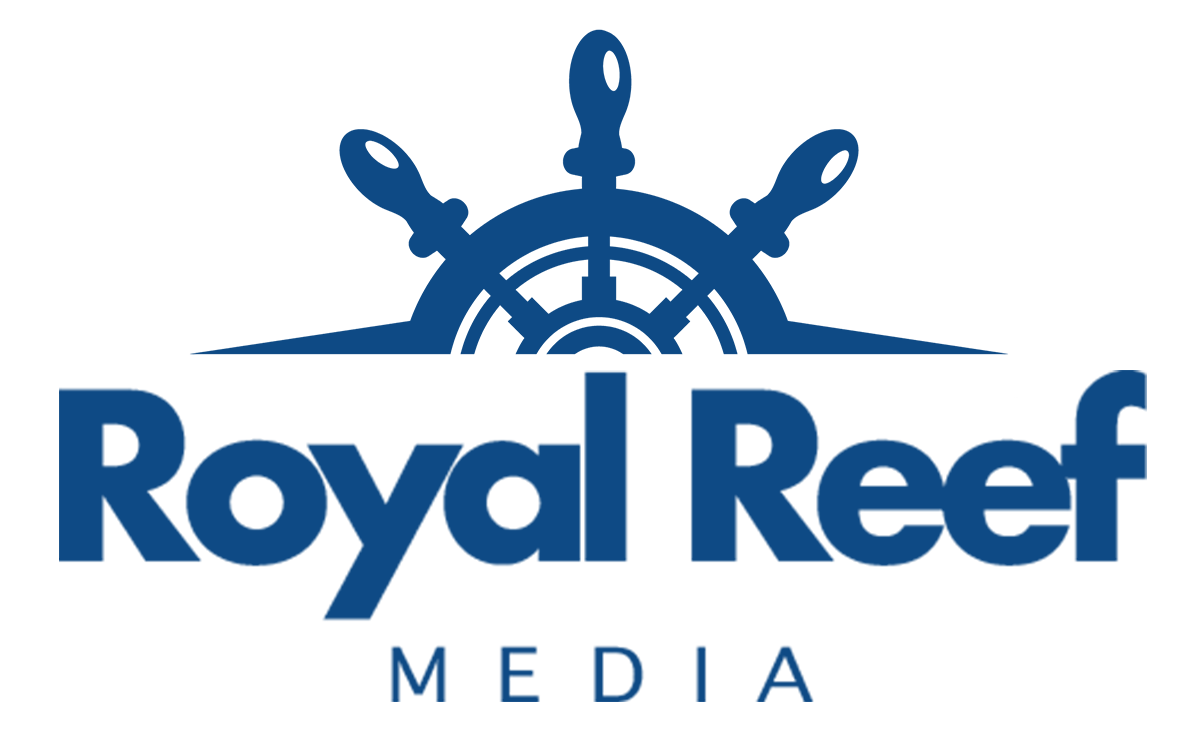
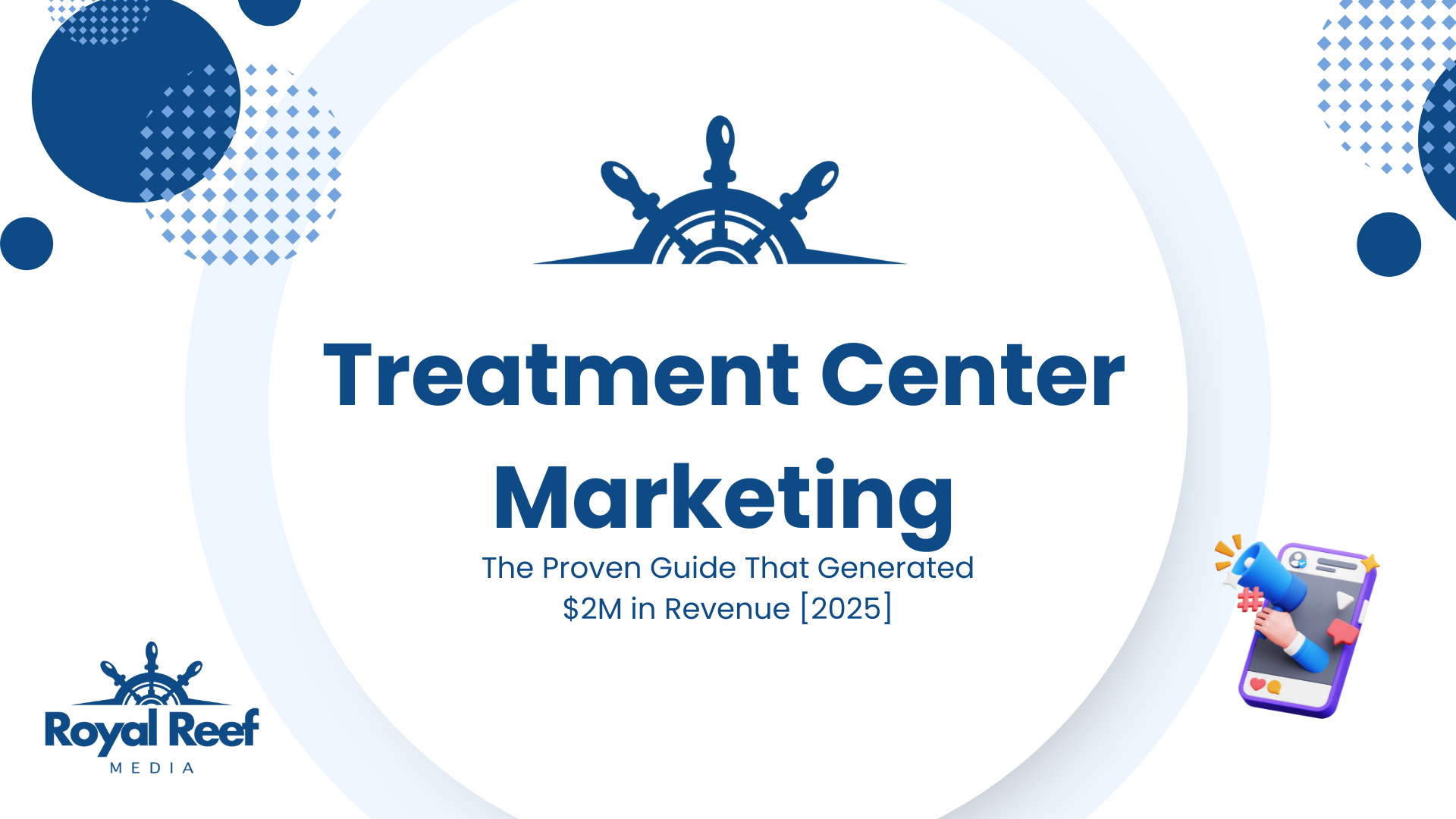
0 Comments